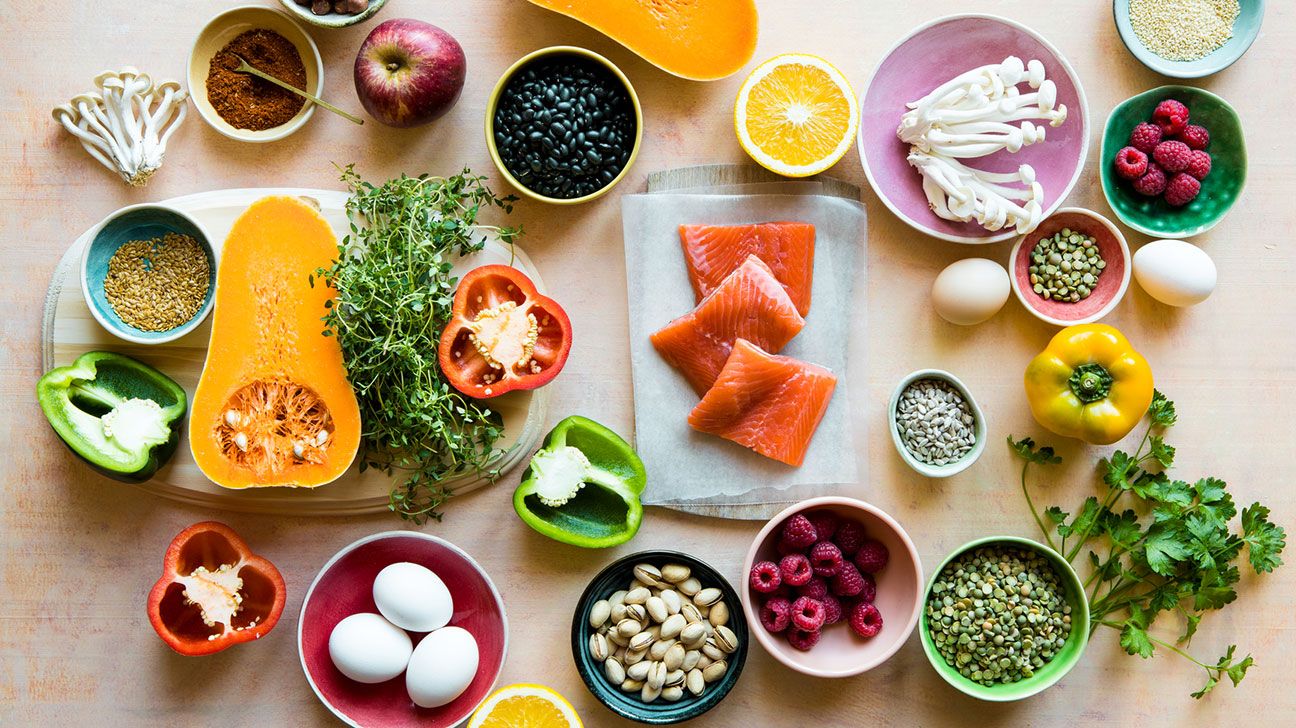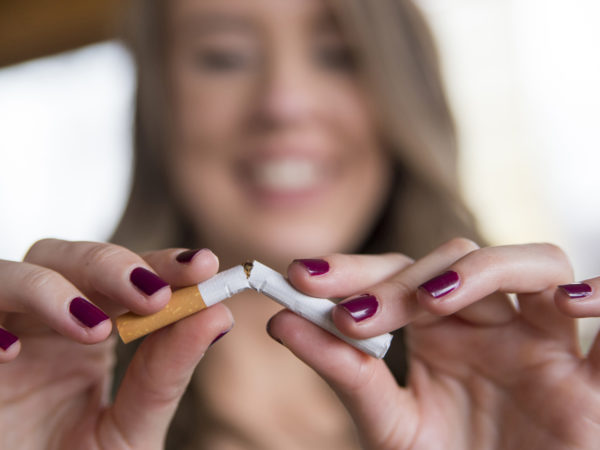Breast cancer is one of the most common cancers affecting women worldwide. According to the World Health Organization (WHO), breast cancer accounts for nearly 25% of all cancer cases among women. While certain risk factors, such as genetics and age, cannot be changed, research shows that lifestyle choices play a significant role in breast cancer prevention. By adopting healthy habits and making informed decisions, women can significantly reduce their risk of developing breast cancer. This article explores evidence-based lifestyle changes that can help lower your risk of breast cancer, empowering you to take control of your health.
Understanding Breast Cancer Risk Factors

Before diving into prevention strategies, it’s important to understand the risk factors associated with breast cancer. These can be divided into two categories: non-modifiable and modifiable risk factors.
Non-Modifiable Risk Factors
- Age: The risk of breast cancer increases with age, particularly after 50.
- Gender: Women are at a much higher risk of breast cancer than men.
- Family History: A family history of breast or ovarian cancer can increase risk.
- Genetics: Inherited mutations in genes like BRCA1 and BRCA2 significantly raise the risk.
- Reproductive History: Early menstruation (before age 12) or late menopause (after age 55) can increase risk.
Modifiable Risk Factors
- Lifestyle Choices: Diet, physical activity, alcohol consumption, and smoking.
- Weight: Being overweight or obese, especially after menopause.
- Hormone Use: Long-term use of hormone replacement therapy (HRT) or oral contraceptives.
- Environmental Exposures: Exposure to radiation or certain chemicals.
While you cannot change non-modifiable risk factors, focusing on modifiable factors can help reduce your risk of breast cancer. Below, we’ll explore actionable lifestyle changes that can make a difference.
Lifestyle Changes to Lower Breast Cancer Risk
1. Maintain a Healthy Weight

Being overweight or obese, particularly after menopause, is a significant risk factor for breast cancer. Fat tissue produces estrogen, and higher levels of estrogen can promote the growth of certain types of breast cancer.
Tips for Weight Management:
- Balanced Diet: Focus on whole foods like fruits, vegetables, whole grains, lean proteins, and healthy fats.
- Portion Control: Be mindful of portion sizes to avoid overeating.
- Regular Exercise: Aim for at least 150 minutes of moderate-intensity exercise per week.
- Limit Processed Foods: Reduce intake of sugary snacks, fried foods, and processed meats.
2. Stay Physically Active

Regular physical activity is one of the most effective ways to reduce breast cancer risk. Exercise helps regulate hormones, improve immune function, and maintain a healthy weight.
Exercise Recommendations:
- Aerobic Activities: Walking, jogging, swimming, or cycling for at least 30 minutes a day.
- Strength Training: Incorporate weightlifting or resistance exercises twice a week.
- Stay Consistent: Find activities you enjoy to make exercise a regular part of your routine.
3. Adopt a Breast-Healthy Diet

What you eat can have a profound impact on your breast cancer risk. A diet rich in antioxidants, fiber, and healthy fats can help protect against cancer.
Key Dietary Tips:
- Eat More Fruits and Vegetables: Aim for at least five servings a day. Cruciferous vegetables like broccoli, cauliflower, and kale are particularly beneficial.
- Choose Whole Grains: Opt for whole grains like brown rice, quinoa, and whole wheat over refined grains.
- Limit Red and Processed Meats: Reduce consumption of red meat and avoid processed meats like bacon and sausages.
- Incorporate Healthy Fats: Include sources of omega-3 fatty acids, such as salmon, walnuts, and flaxseeds.
- Limit Sugar and Refined Carbs: High sugar intake can lead to weight gain and inflammation, both of which are linked to cancer risk.
4. Limit Alcohol Consumption

Alcohol is a well-established risk factor for breast cancer. Even moderate drinking can increase your risk, as alcohol raises estrogen levels and damages DNA in cells.
Guidelines for Alcohol:
- Moderation: If you choose to drink, limit yourself to one drink per day.
- Consider Abstaining: For the lowest risk, avoid alcohol altogether.
- Be Mindful of Portions: One drink equals 12 ounces of beer, 5 ounces of wine, or 1.5 ounces of liquor.
5. Avoid Smoking

Smoking is linked to many types of cancer, including breast cancer. Chemicals in tobacco smoke can damage DNA and increase the risk of cancer development.
Tips to Quit Smoking:
- Seek Support: Join a smoking cessation program or use resources like nicotine replacement therapy.
- Set a Quit Date: Choose a specific date to stop smoking and stick to it.
- Avoid Triggers: Identify situations that make you crave cigarettes and find alternatives.
6. Breastfeed If Possible

Breastfeeding has been shown to reduce breast cancer risk, particularly when done for a year or more. It helps regulate hormones and reduces the number of menstrual cycles, thereby lowering lifetime exposure to estrogen.
Benefits of Breastfeeding:
- Hormonal Balance: Breastfeeding delays the return of menstrual cycles, reducing estrogen exposure.
- Cellular Changes: It may help shed breast tissue, removing cells with potential DNA damage.
7. Limit Hormone Replacement Therapy (HRT)
Hormone replacement therapy, often used to manage menopause symptoms, can increase breast cancer risk if used long-term. If you’re considering HRT, discuss the risks and benefits with your doctor.
Alternatives to HRT:
- Non-Hormonal Treatments: Explore options like antidepressants or gabapentin for hot flashes.
- Lifestyle Changes: Regular exercise and a healthy diet can help manage menopause symptoms.
8. Reduce Exposure to Environmental Toxins

Certain chemicals in the environment can mimic estrogen and increase breast cancer risk. While it’s impossible to avoid all toxins, you can take steps to minimize exposure.
Tips to Reduce Toxin Exposure:
- Choose Organic Foods: Reduce exposure to pesticides by opting for organic produce.
- Avoid Plastics: Use glass or stainless steel containers instead of plastic, especially for hot foods.
- Check Personal Care Products: Avoid products with parabens, phthalates, and other harmful chemicals.
9. Get Regular Screenings
Early detection is key to preventing advanced breast cancer. Regular screenings can help identify cancer at an early stage when it’s most treatable.
Screening Recommendations:
- Mammograms: Women aged 40 and older should discuss mammogram frequency with their doctor.
- Clinical Breast Exams: Have a healthcare provider examine your breasts annually.
- Self-Exams: Perform monthly breast self-exams to check for any changes or lumps.
10. Manage Stress

Chronic stress can weaken the immune system and contribute to inflammation, both of which may increase cancer risk. While stress alone doesn’t cause breast cancer, managing it is an important part of overall health.
Stress-Reduction Techniques:
- Mindfulness and Meditation: Practice mindfulness or meditation to reduce stress.
- Yoga and Tai Chi: These practices combine physical activity with relaxation.
- Social Support: Stay connected with friends and family for emotional support.
The Role of Genetics in Breast Cancer Prevention
While lifestyle changes can significantly reduce breast cancer risk, women with a family history or genetic predisposition should take additional precautions.
Genetic Testing
If you have a family history of breast or ovarian cancer, consider genetic testing for mutations in the BRCA1 or BRCA2 genes. Knowing your genetic risk can help you make informed decisions about prevention strategies.
Prophylactic Measures
For women at very high risk, options like prophylactic mastectomy or oophorectomy (removal of ovaries) may be considered. These decisions should be made in consultation with a healthcare provider.
The Importance of a Holistic Approach
Breast cancer prevention is not about a single change but a combination of healthy habits. By adopting a holistic approach that includes a balanced diet, regular exercise, stress management, and avoiding harmful substances, you can significantly lower your risk. Additionally, staying informed and proactive about your health through regular screenings and check-ups is essential.
Also read about: What Is Pelvic Inflammatory Disease (PID), Symptoms and Treatment.
Conclusion
Breast cancer prevention is within your control to a large extent. By making informed lifestyle choices, you can reduce your risk and promote overall well-being. Maintaining a healthy weight, staying physically active, eating a nutritious diet, limiting alcohol, avoiding smoking, and managing stress are all powerful steps you can take. For women with a family history or genetic predisposition, additional measures like genetic testing and prophylactic options may be necessary. Remember, early detection through regular screenings is crucial. By taking these steps, you can empower yourself to lead a healthier, cancer-free life. If you have concerns about your breast cancer risk, consult your healthcare provider for personalized advice and support.
[Link to a related article “The Role of Genetics in Breast Cancer Prevention”]


Pingback: Perimenopause vs. Menopause, Key Differences and How to Cope.
Pingback: The Role of Protein in Women’s Diets.